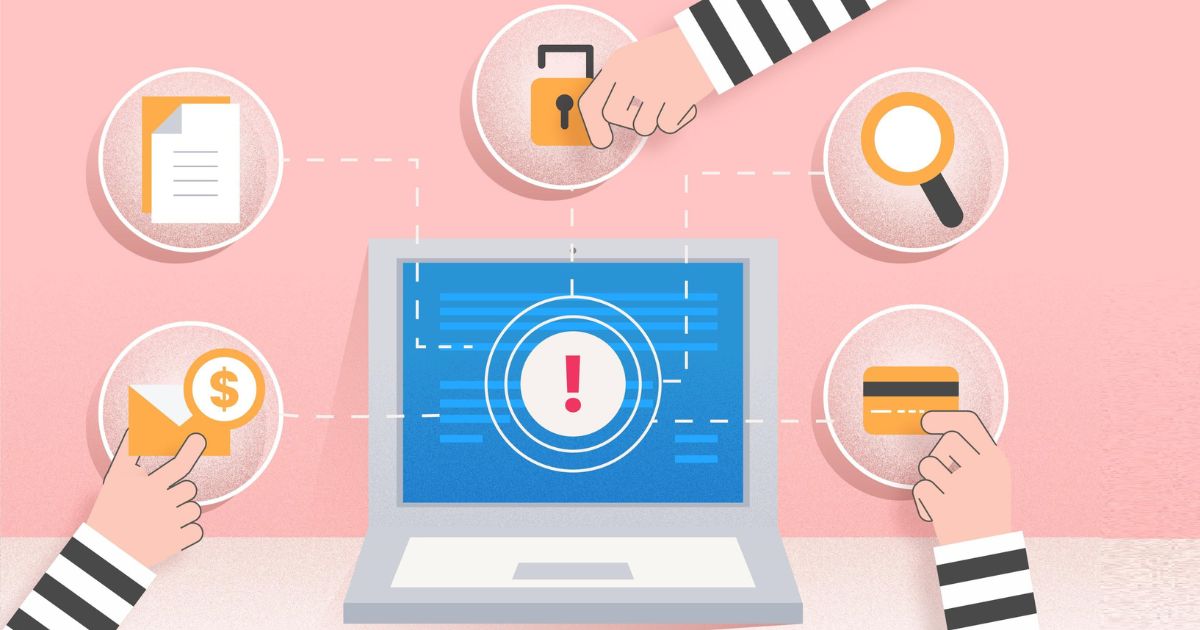
| July 3rd, 2020 |
Detecting & Reducing Friendly Fraud Chargebacks
A lot of small and high-risk businesses face a lot of payment frauds doled into them via chargebacks and fraudulent practices. Several businesses out there employ affiliate marketing techniques and often end up losing a lot of their hard-earned money in the form of fraud chargebacks.
Once payment processors start flagging frequent chargebacks for a business, they start withholding their weekly payments, and sooner or later their accounts may be canceled or annulled. This could seriously hurt businesses as it damages reputation and makes it hard to find a new payment processor.
What are chargebacks frauds?
Chargeback frauds are where a consumer reports a fraudulent or unauthorized transaction (usually in a ‘card, not present transaction) after receiving the goods or services. These are scams by a customer when they try to dupe eCommerce websites by reporting that a ‘card not present’ transaction was fraudulent or unauthorized.
Merchants dispute only 25% of all illegitimate or friendly fraud chargebacks which has led to the explosion of such fraudulent practices in recent years.
Mostly an order is either placed via a genuine customer or a fraudster with legitimate information of the cardholder. However, when the customer and the probable fraudsters are one and the same, it is called a ‘friendly fraud.’ In such scenarios, it becomes really difficult to detect. This continues to be a pain point for over 20% of the merchants, and there is no sure-shot solution to this yet. 86% of all chargeback frauds are friendly frauds, these frauds increase at a rate of 41% every 2 years. Chargeback frauds cost merchants over $35 billion in the last financial year.
There are countless retailers and eCommerce merchants who fall victim to such ‘chargeback frauds ‘ on a daily basis. Empowered by the ideal, ‘the customer is always right’, more consumers are filing chargeback frauds and benefiting from what could be aptly referred to as ‘internet shoplifting.’ Banks are bound by a consumer-first policy because of the rules and regulations and they always bend towards the customer’s side in a chargeback dispute. Chargeback battles rarely end up in favor of the customer
This trend is bound to continue until more merchants stand up to these kinds of activities or there are robust and failproof security mechanisms to resist these frauds. A good offense is the best defense against ‘friendly fraud chargebacks.’
Detecting chargeback frauds:
The primary goal of risk analysts is to detect and prevent chargeback frauds and unauthorized transactions from being materialized. When reviewing an order for fraud, the following points must be analyzed:
1. Is the order quantity or amount larger than usual for the customer?
2. Is the order volume too large than usual for your business?
3. Is the item ordered usually stolen via frauds from your business?
4. Is the particular customer placing frequent orders?
That said, here are some of the practices that can be used to reduce chargebacks:
- Offer extended service hours & monitor users
- Use clear charge card descriptors & authentication
- Make and record validation calls to dispute frauds
- Promote high-quality products at fair prices
- Keep delivery receipts for high-value/concrete products
- Specify clear refund & cancellation policies before purchase
- Fast response/clearance time for customer service issues
Business owners can also implement certain policies for monitoring identity theft and affiliate frauds that hurt businesses.
- Review your traffic regularly for frauds
- Survey your customers & flag suspicions
- Fraud detection software & control systems
- Pre-notification alarms & warning systems
- Dispute illegitimate chargebacks with proof
- Use in-house tech or a fraud management company
- Use card security tools like 3D secure, compliances like PCI-DSS etc.
Chargebacks frauds cripple businesses. Most customers do it just out of convenience and because they can do it. This is really frustrating for merchants as they end up losing their hard-earned profits to chargeback disputes. Sometimes, these losses can be accounted for by common mistakes by businesses too but most of the hurt is coming from friendly customers who often choose to indulge in fraudulent practices.
The best way is to keep a sharp eye out and have strong detection systems in place. Any anomaly must be reported immediately and merchants must be ready to dispute these frauds with proof and authentication details.